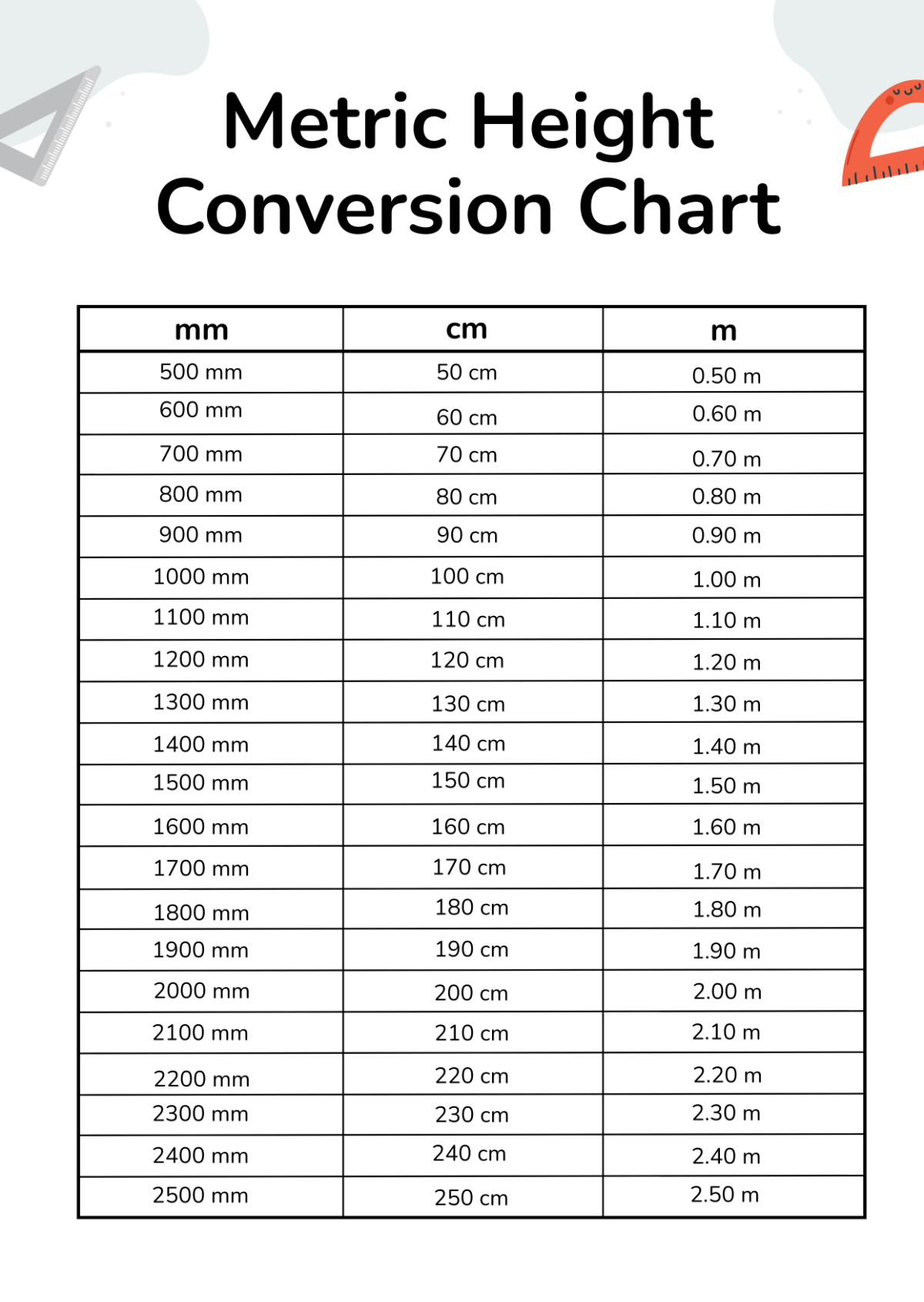Over Tooth Brushing: Stop Gum Recession Today
The daily habit of brushing our teeth is one of the most fundamental practices in our oral hygiene routine. However, as with many things in life, too much of a good thing can indeed be harmful. Overbrushing, or brushing too hard, is a common mistake that can lead to a myriad of dental issues, one of the most significant being gum recession. The relationship between overbrushing and gum recession is more direct than many might realize, and understanding this connection is crucial for maintaining healthy gums and teeth.
Gum recession, the process by which the gum tissue around the teeth pulls back, exposing more of the tooth and potentially the root, is not only aesthetically concerning but also poses significant health risks. Exposed roots can lead to increased sensitivity, making everyday activities like eating or drinking hot or cold beverages painful. Moreover, gum recession can make teeth more susceptible to decay and, if left untreated, can lead to tooth loss. The financial and psychological impacts of such outcomes are considerable, making prevention a far more preferable approach than treatment.
The Mechanism of Overbrushing
Overbrushing typically involves using too much force or using a toothbrush with hard bristles. When you brush your teeth too aggressively, you’re not just cleaning the plaque and food particles; you’re also damaging the gum tissue. The marginal gum, the part of the gum that meets the tooth, is particularly vulnerable. The constant abrasion from hard brushing can cause the gum to pull away from the tooth, leading to recession. Furthermore, the enamel at the gum line can become worn, making the tooth more sensitive and the gum more prone to further recession.
Identifying Overbrushing
Recognizing the signs of overbrushing is the first step towards preventing its harmful effects. One of the most evident signs is worn-down tooth enamel at the gum line. Another indicator could be gum recession itself, though by the time recession becomes noticeable, significant damage may have already occurred. Less overt signs include frayed toothbrush bristles, which suggest that the brush is being used with too much force, and increased tooth sensitivity, which can be a result of exposed roots due to gum recession.
Preventing Overbrushing
Fortunately, preventing overbrushing and the resultant gum recession is achievable with a few simple adjustments to your oral hygiene routine.
Soft-Bristled Toothbrushes: Switching to a toothbrush with soft bristles can significantly reduce the risk of gum damage. Soft bristles are gentler on the gums and can effectively remove plaque without causing abrasion.
Electric Toothbrushes: Many electric toothbrushes come equipped with pressure sensors that alert you if you’re brushing too hard. This feature can be particularly useful for those who tend to brush vigorously.
Proper Brushing Technique: Learning and adopting the correct brushing technique is crucial. This involves holding the toothbrush at a 45-degree angle against the gum line and using gentle circular motions. It’s also important to brush all surfaces of the teeth, not just the front and back, but also the chewing surfaces.
Regular Dental Check-Ups: Regular visits to your dentist can help identify early signs of gum recession and overbrushing. Dentists can offer personalized advice and intervene early to prevent further damage.
Mouthwash and Interdental Brushes: Using a mouthwash can help reduce plaque and gingivitis, potentially reducing the need for aggressive brushing. Interdental brushes can also be effective for cleaning between teeth without causing gum damage.
The Role of Dental Care Professionals
Dental care professionals play a pivotal role in the prevention and treatment of gum recession caused by overbrushing. Not only can they provide personalized oral hygiene advice, but they can also offer treatments to help reverse early stages of gum recession. For instance, deep cleaning procedures can remove plaque and tartar from below the gum line, helping to prevent further recession. In more advanced cases, surgical procedures may be necessary to repair damaged gum tissue.
Conclusion
Overbrushing is a preventable cause of gum recession, and awareness of this issue is the first step towards healthier gums and teeth. By adopting gentler brushing habits, using the right tools, and maintaining regular dental check-ups, individuals can significantly reduce their risk of gum recession. It’s a matter of finding the right balance in our oral hygiene routine—enough to keep our teeth clean but not so much that it damages our gums. With the right approach, we can enjoy healthy, beautiful smiles for years to come.
What are the first signs of overbrushing that I should look out for?
+The first signs of overbrushing include worn-down tooth enamel at the gum line, gum recession, frayed toothbrush bristles, and increased tooth sensitivity. Recognizing these signs early can help prevent further damage.
Can gum recession caused by overbrushing be reversed?
+In early stages, gum recession can often be treated with deep cleaning procedures and improved oral hygiene practices. However, more advanced cases may require surgical intervention to repair damaged gum tissue. Early detection and prevention are key to avoiding the need for more invasive treatments.
How can I ensure I’m not brushing too hard without a pressure sensor on my toothbrush?
+Without a pressure sensor, it’s important to focus on the technique rather than the force. Use gentle circular motions, and pay attention to how your gums feel during and after brushing. If you notice any discomfort or bleeding, adjust your brushing force accordingly. Additionally, using a toothbrush with soft bristles can help minimize the risk of overbrushing.

